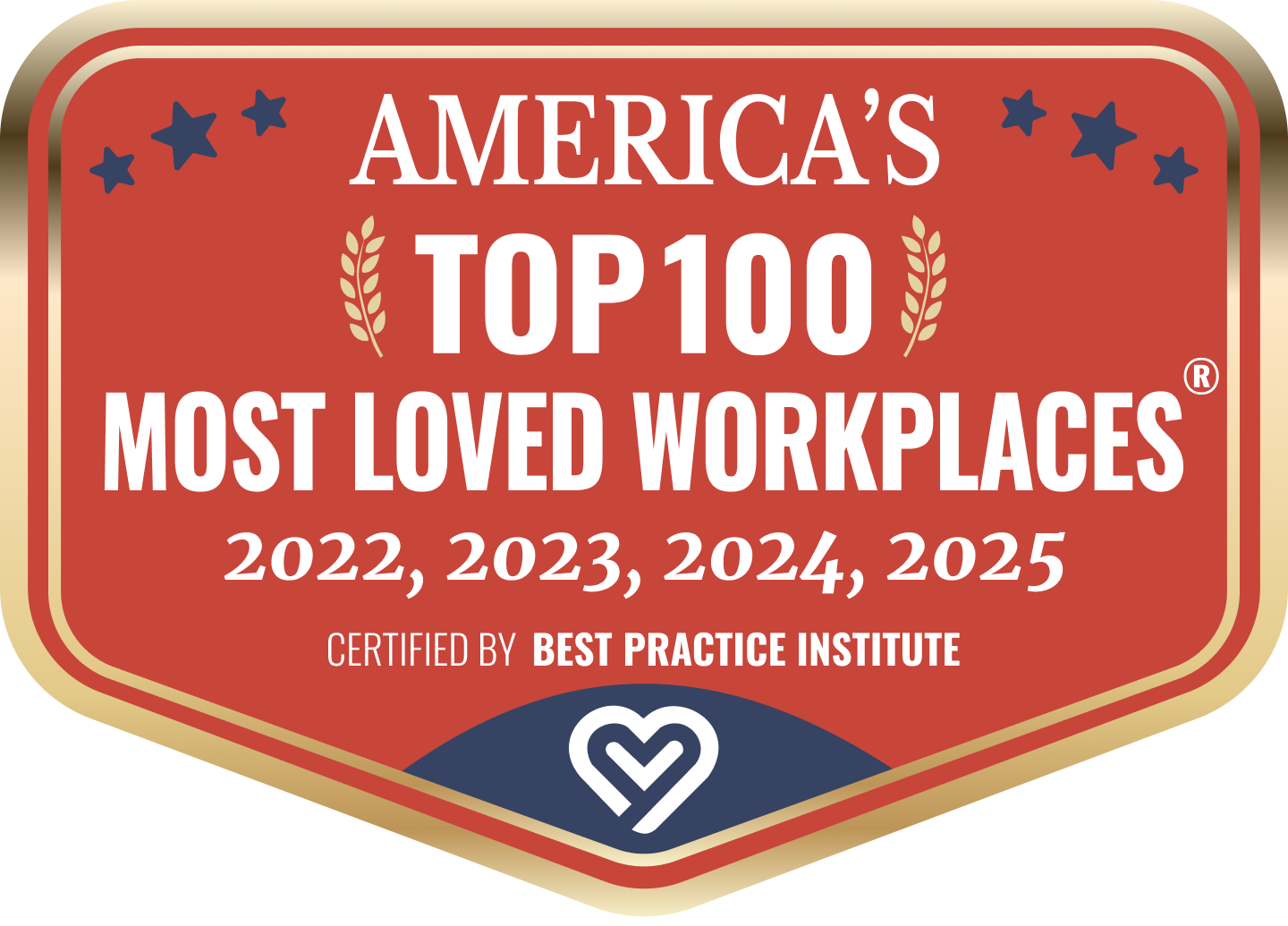Desire To Protect Assets Drives CPL Buyers
Source: https://www.irmi.com, February 2018
By: Jeff Slivka

The American Institute of Architects Consensus Construction Forecast recently predicted a 3.5 percent to 4 percent increase in 2018 nonresidential building activities. This includes a slight uptick in the commercial and institutional sectors, and a whopping 11 percent increase in industrial facility construction.
Unfortunately, this growth accompanies a wide breadth of environmental concerns. According to the Environmental Protection Agency (EPA), the US construction industry accounts for 160 million tons, or 25 percent, of nonindustrial waste generation a year. In addition, the agency has also reported that the tools and resources regularly used on job sites can significantly “harm public health and the environment.”
New Standards and Insurance Specifications
New legislation that is expected to impact these statistics even further surrounds the new Occupational Safety and Health Administration (OSHA) silica rule or standard that came into effect this year. Under the new standard, construction firms will be required to further reduce worker exposure to crystalline silica, including written control/management plans, medical exams, and training. With the absence of silica coverage under a commercial contractor’s general liability insurance policy, both contractors and owners will need to look to the contractors pollution liability (CPL) policies to protect themselves from the potential risks associated with this expanding issue.
As a result, insurance specifications coupled with the desire to protect assets have become the driving force behind the purchase of CPL policies and additional pollution insurance. In fact, the CPL purchases are expected to rise over the next 2–3 years due to possible liability concerns. It is currently estimated that there are only about 20,000–25,000 contractor/CPL buyers out of a universe of around 650,000 contractors in the United States. This means many contractors are uninsured for this risk, whether they know it or not.
Broadening CPL Markets, Coverages
However, purchasers have come to rely on the protection provided by CPL polices due to the consistent level of coverage and ever-increasing terms. In an expanding marketplace, approximately 45 insurers presently offer some form of CPL policy either as a monoline program or endorsed to another product. This includes insuring against exposures related to job site contracting operations, transportation risk, nonowned disposal site, sudden and/or accidental pollution exposures associated with owned/leased/rented locations, emergency response events, and supplemental defense funds.
In addition, CPL coverage forms have never been broader for pollutants and pollution conditions due to the increased insurer competition. Expanded terms have even evolved to now cover bacteria, mold, microbial matter, Legionella, silt/sedimentation, silica, petroleum hydrocarbons, low-level radioactive waste, illicit abandonment, escape of methamphetamines, medical/infectious/pathological wastes, and electromagnetic fields. Further expansions have also been developed to offer emergency remediation, crisis management, litigation, and subpoena expenses, as well as exposures surrounding the use of green building, sustainable, and energy-efficient materials.
While some insurers are offering 2-year policy duration options on a corporate or “practice” basis, annual practice policies continue to be the prevalent CPL product. However, there are more markets offering 2-, 3-, and 4-year policy term options on a project basis with completed operations periods in the 10–12-year range. Another trend has been the migration from monoline pollution liability products toward combined professional/pollution liability forms due primarily to the ever-increasing professional liability risks in today’s construction marketplace.
CPL Pricing, Capacity, and Claims
As for pricing, CPL products for contractors exhibiting less than $50 million in revenue and projects of $50 million construction values or less are expected to remain stable over the next year. But for practice programs and projects in excess of $50 million, pricing is likely to decrease, largely due to the sheer number of competitors vying for the business. Furthermore, contractors renewing their practice CPL coverage can expect a flat to slight (up to 5 percent) rate decrease, provided revenue, project type, and claims activities remain static.
Capacity, both on the primary and excess basis, is also not an issue. Some insurers offer as much as a $50 million limit, with the average insurer typically providing between $10 million and $25 million.
Going forward, CPL claims are also expected to rise with smaller (less than $1 million) claims leading the trend due to the broad coverage terms currently provided by insurers under the microbial matter—mold, fungi, bacteria, and Legionella categories of exposure. However, the availability of CPL will likely remain abundant while continuing to expand with premiums remaining stable among small to midmarket businesses and softer on larger enterprises.






